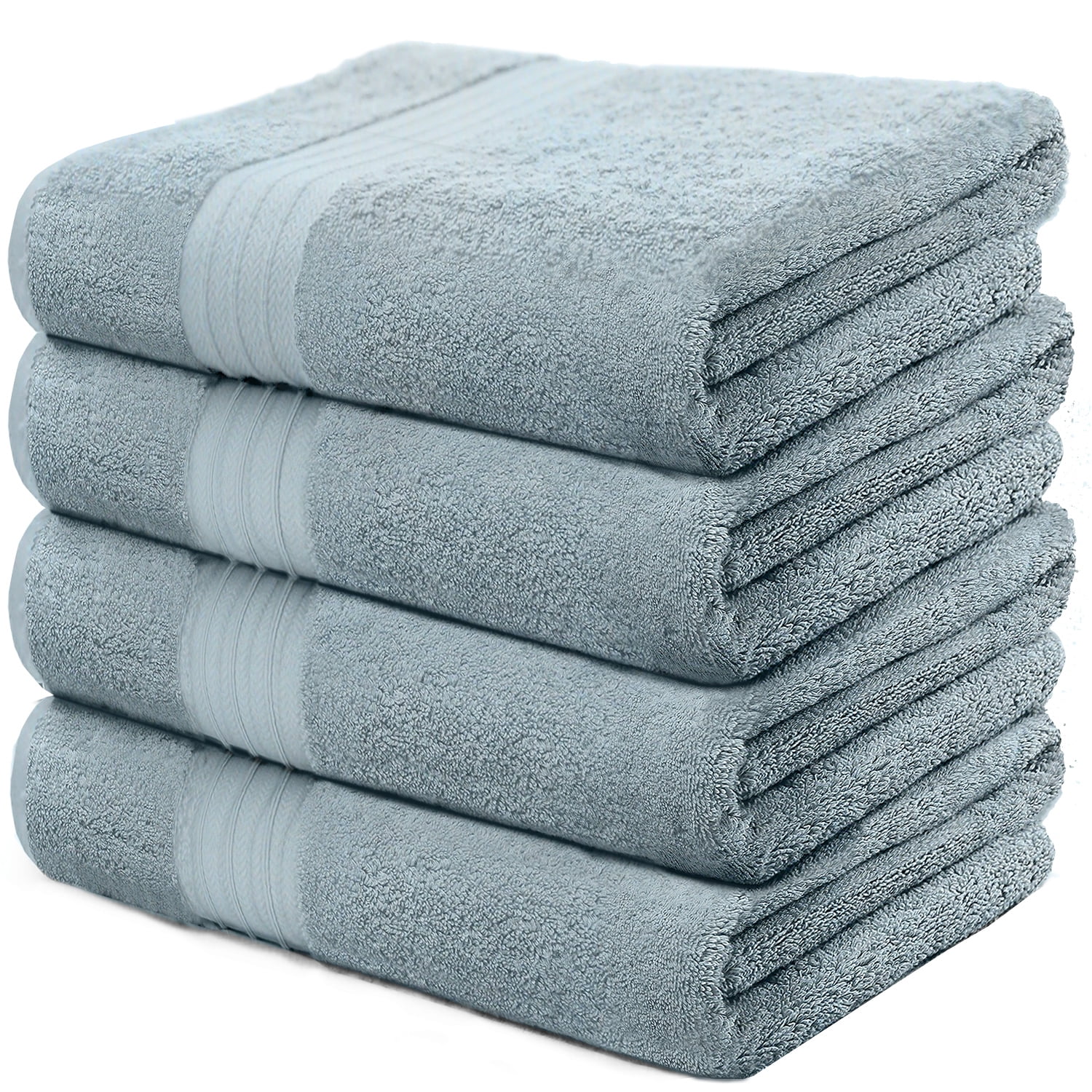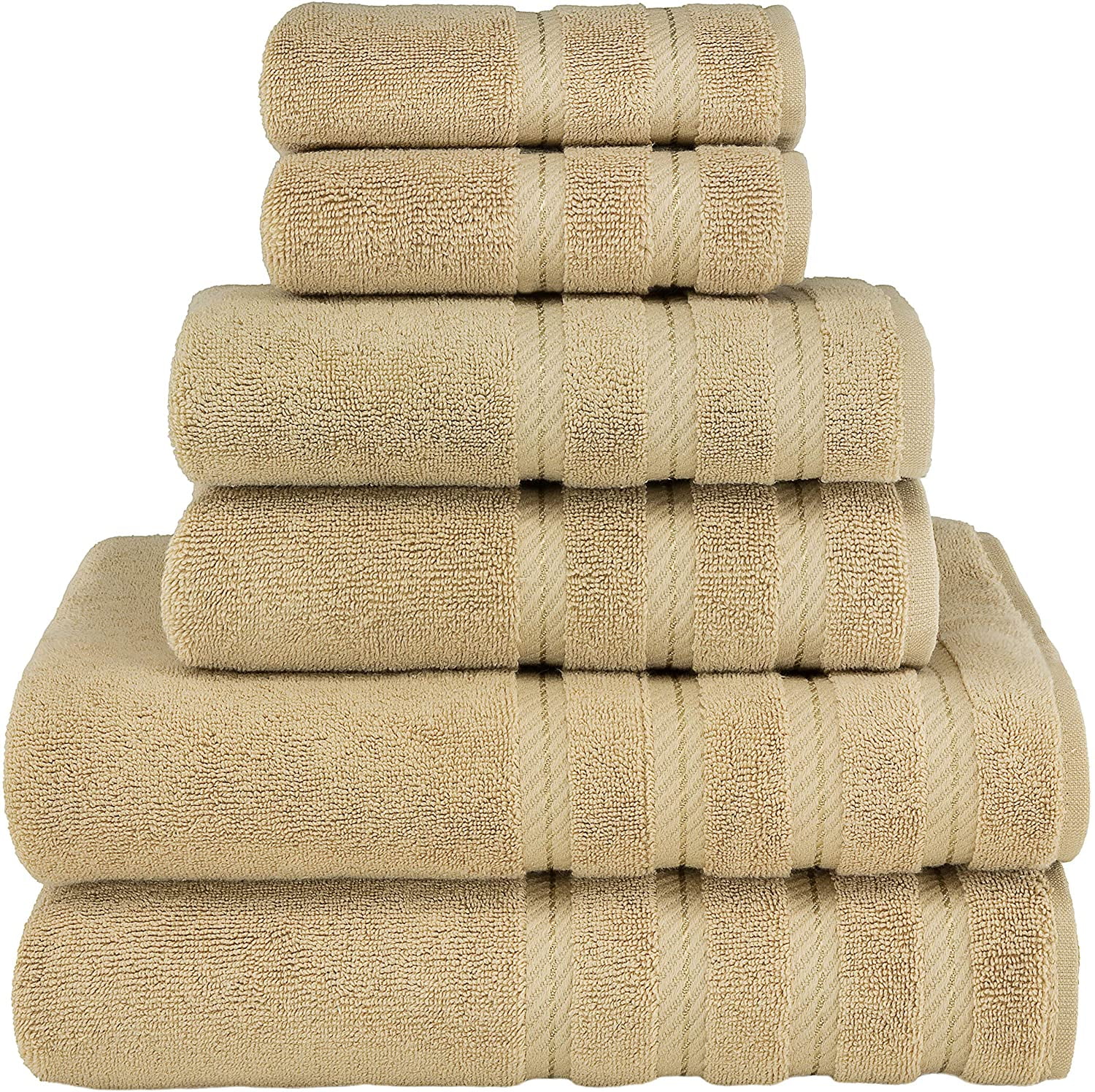Towel Aesthetics and Functionality

The humble towel, often overlooked in the grand scheme of bathroom design, plays a crucial role in both practicality and aesthetics. It’s not just about drying oneself after a shower or bath; it’s about creating a harmonious and inviting atmosphere in a space that is often a sanctuary for relaxation and personal care. Towels, in their various forms, colors, and textures, are the silent heroes of bathroom decor, subtly influencing the overall ambiance and functionality of the space.
Types of Towels and Their Purposes
Towels are designed for specific purposes, each tailored to the unique needs of different parts of the body. Hand towels, bath towels, and face towels are the most common types found in bathrooms, each contributing to the overall hygiene and comfort of the space.
- Hand towels are smaller and more compact, designed primarily for drying hands after washing. They are typically placed near the sink, providing easy access for quick drying.
- Bath towels, larger and more absorbent, are meant for drying the entire body after a shower or bath. Their larger size and increased absorbency make them ideal for thoroughly drying wet skin.
- Face towels, smaller than bath towels but larger than hand towels, are specifically designed for drying the face and neck. Their gentle texture and absorbency make them suitable for delicate skin.
Towel Materials and Textures
The material and texture of a towel play a significant role in its absorbency, softness, and durability. Common towel materials include cotton, linen, bamboo, and microfiber, each with unique properties.
- Cotton towels are the most popular choice, known for their softness, absorbency, and durability. They are readily available in various colors and patterns, making them versatile for different bathroom styles.
- Linen towels are known for their luxurious feel and exceptional absorbency. They are more expensive than cotton towels but offer a unique texture and natural breathability.
- Bamboo towels are gaining popularity due to their eco-friendly nature and hypoallergenic properties. They are naturally soft and absorbent, making them a good choice for sensitive skin.
- Microfiber towels are known for their exceptional absorbency and quick-drying properties. They are often used for travel or in gyms due to their compact size and lightweight nature.
Towel Colors and Patterns
The color and pattern of towels can significantly impact the overall ambiance of a bathroom. A cohesive color scheme can create a sense of harmony and unity, while patterns can add visual interest and personality to the space.
- Neutral colors like white, beige, and gray are timeless and versatile, complementing various bathroom styles.
- Bold colors like navy, teal, or emerald can add a touch of drama and sophistication to the space.
- Patterns such as stripes, geometric designs, and floral prints can add visual interest and personality to the bathroom.
Towel Placement and Organization

Towel placement and organization are crucial for a functional and hygienic bathroom. Proper towel placement ensures efficient drying, reduces clutter, and enhances the overall aesthetic appeal of the space.
Towel Storage System Design
An effective towel storage system should be designed to accommodate different towel types and sizes while maximizing space and accessibility. Here’s a layout incorporating shelves, racks, and hooks:
* Shelves: Use open shelves for folded towels, bath sheets, and hand towels. Placement should be at a comfortable height for easy access.
* Racks: Towel racks, either freestanding or wall-mounted, are ideal for hanging bath towels and hand towels. Consider using tiered racks to maximize vertical space.
* Hooks: Hooks are useful for hanging washcloths, hand towels, and robes. Placement should be near sinks and showers for convenience.
Importance of Proper Towel Placement for Efficient Drying and Hygiene, Pictures of towels in bathroom
Placing towels strategically for proper airflow and drying is essential to prevent mildew and bacteria growth.
* Hanging towels: Hanging towels allows for maximum air circulation, promoting faster drying.
* Towel placement near heat sources: Placing towels near heat sources, such as radiators or heated towel racks, can further accelerate the drying process.
* Avoiding overcrowding: Overcrowding towels on racks or shelves restricts airflow and hinders drying, increasing the risk of mold and bacteria.
* Cleanliness and hygiene: Towels should be stored in a clean and dry environment to prevent contamination.
Tips for Organizing Towels to Maximize Space and Minimize Clutter
* Utilize vertical space: Maximize vertical space by using tiered shelves, racks, and hooks.
* Fold towels consistently: Folding towels consistently allows for efficient stacking and storage.
* Color-coding towels: Color-coding towels by type or usage can facilitate organization and make it easier to find the right towel.
* Utilize storage baskets: Storage baskets can be used to store towels in drawers or on shelves, keeping them organized and contained.
* Regular cleaning: Regularly cleaning towels and storage areas is crucial for maintaining hygiene and preventing mildew.
Towel Care and Maintenance: Pictures Of Towels In Bathroom

Towel care and maintenance are crucial for maintaining their softness, absorbency, and overall longevity. By following proper washing and drying techniques, and implementing preventative measures, you can extend the life of your towels and ensure they remain in optimal condition.
Washing and Drying Towels
Washing and drying towels correctly is fundamental to their longevity. This involves using the appropriate detergent, water temperature, and drying method.
- Detergent: Opt for a mild detergent specifically designed for delicate fabrics. Harsh detergents can strip towels of their natural oils, leading to dryness and reduced absorbency.
- Water Temperature: Wash towels in warm water, not hot. Hot water can damage the fibers, causing shrinkage and fading.
- Drying: Tumble dry towels on low heat or air dry them. High heat can cause damage, leading to stiffness and reduced softness.
Regular Towel Replacement and Disposal
Towels, like any other textile, have a limited lifespan. Regular replacement is essential to maintain hygiene and prevent the spread of bacteria.
- Frequency: Towels should be replaced every 1 to 2 years, depending on their frequency of use and care.
- Disposal: When towels are no longer usable, dispose of them responsibly. Donate them to local charities or recycle them if your community offers textile recycling programs.
Preventing Towel Damage and Maintaining Softness
Several practices can help prevent towel damage and maintain their softness and absorbency.
- Avoid Overloading: Overloading the washing machine can hinder proper cleaning and cause damage to towels.
- Avoid Fabric Softener: Fabric softeners can leave a residue on towels, reducing their absorbency.
- Line Drying: Line drying towels in the sun can help restore their softness and freshness.
